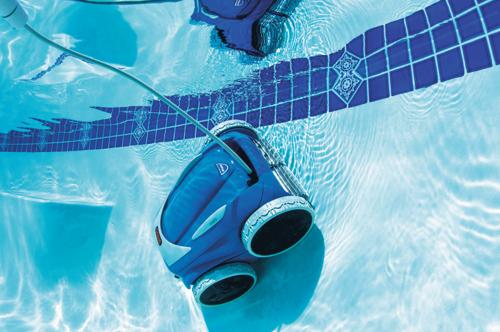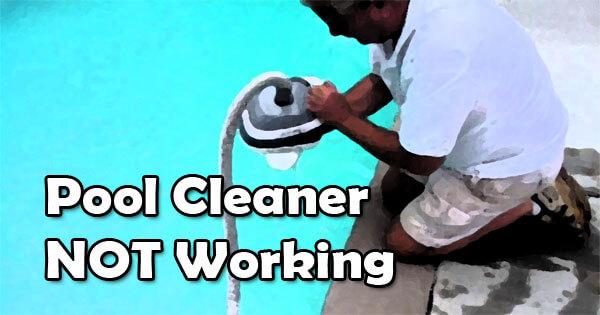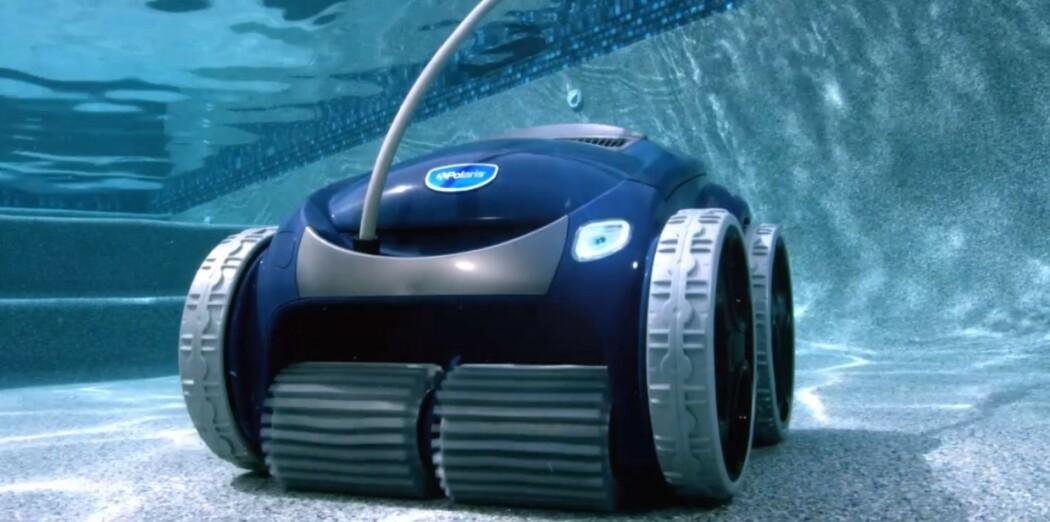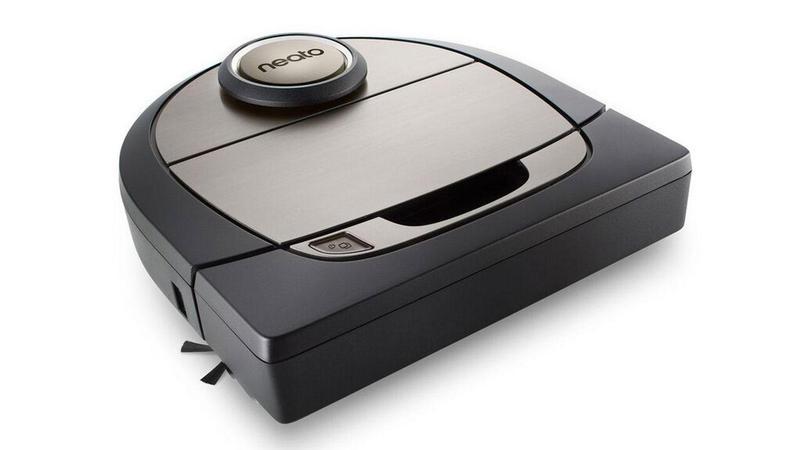An automatic pool cleaner has lost its way around pool
Answer: Most likely, time has worn out the wearable parts — wings, shoes, pods, seal plates, etc. "Your local pool-supply store or pool professional can evaluate the condition of your cleaner and offer replacement parts," says Tony Caruso, owner of T.C. Water Features in Orlando. Often you can do this repair yourself or have a professional do it. Your first issue is to resolve the problem of the cleaner getting stuck or going in circles. This is most likely caused when pool cleaners are left in the pool 24/7. When the water is cold or cools off from a warm day, the plastic in the hose gets a memory and curls slightly. To uncurl, or erase the memory, some firms recommend pouring hot water down the center and sides the length of the hose with the hose stretched straight on your pool deck. Note that the water should not be so hot as to burn your skin; you should be able to touch the water. This should take about 10 minutes and can be repeated as necessary. This "cure" also might identify any holes in your hose that cause air leaks. You also can lay the hoses straight on the deck and let the sun heat them up for the same effect. Pool cleaner manufacturers recommend that the hose be stored out of the pool in a straight, flat position. If this "fix" doesn't work, you might have to replace the hose and see if that cures the other problems. Remember, the cleaner most often is cheaper to rebuild than to replace. Suction cleaners that have a large-diameter rubber-seal plate use an internal diaphragm for propulsion to randomly move around your pool. The up-and-down motion of the diaphragm allows the dirt and debris to be sucked into the main throat body and on through the hose before being caught in the pump basket. Suction cleaners that are operated by gears are propelled by water being drawn into the pool cleaner head and then back to the pump. Over time, these moving parts sitting in chemical water will wear out and should be replaced as needed. Usually these are the side feet (wings and pods) or the gears themselves. A pool cleaner should be used only when your pool floor and walls show dirt and debris; you don't vacuum the floors in your home every waking minute. Do it when it is dirty. For most pools, this could be several hours a week instead of every hour the pool is running. Pressure cleaners operate on both the pool pump and a separate booster pump. A portion of the water from the pool pump is diverted into the pool-cleaner booster pump through a cleaner line. The extra diverted water is pressurized from the booster pump into the pool cleaner head, allowing movement of the gears to "drive" the unit in a random pattern in the pool. The movement also drives an internal turbine which sucks dirt and debris into a sediment/leaf bag attached to the top of the cleaner. The bag can be emptied when full. Understand that when you run a suction cleaner, you decrease the pool's capacity to properly sanitize and filter the pool water within the normal setup/run time because a portion of the water is diverted to run the cleaner. The pressure cleaner does just the opposite. The separate pump uses the existing volume of water to power the cleaner. The cost for a suction cleaner is generally less than $700; a pressure cleaner including the booster pump is less than $2,000. Questions are answered by Paul Roth of Roll-A-Way Protective Pool Fence in Orlando. He is a member of the Florida Swimming Pool Association — Central Florida Chapter, an industry trade group. Address questions to In the Swim, Orlando Sentinel, MP-240, 633 N. Orange Ave., Orlando, FL 32801 or send e-mail to Homes Editor Terri Winefordner at twinefordner@orlandosentinel.com. For a list of FSPA-member companies, call 1-800-416-6774.AdvertisementAdvertisement Advertisement AdvertisementAdvertisement




